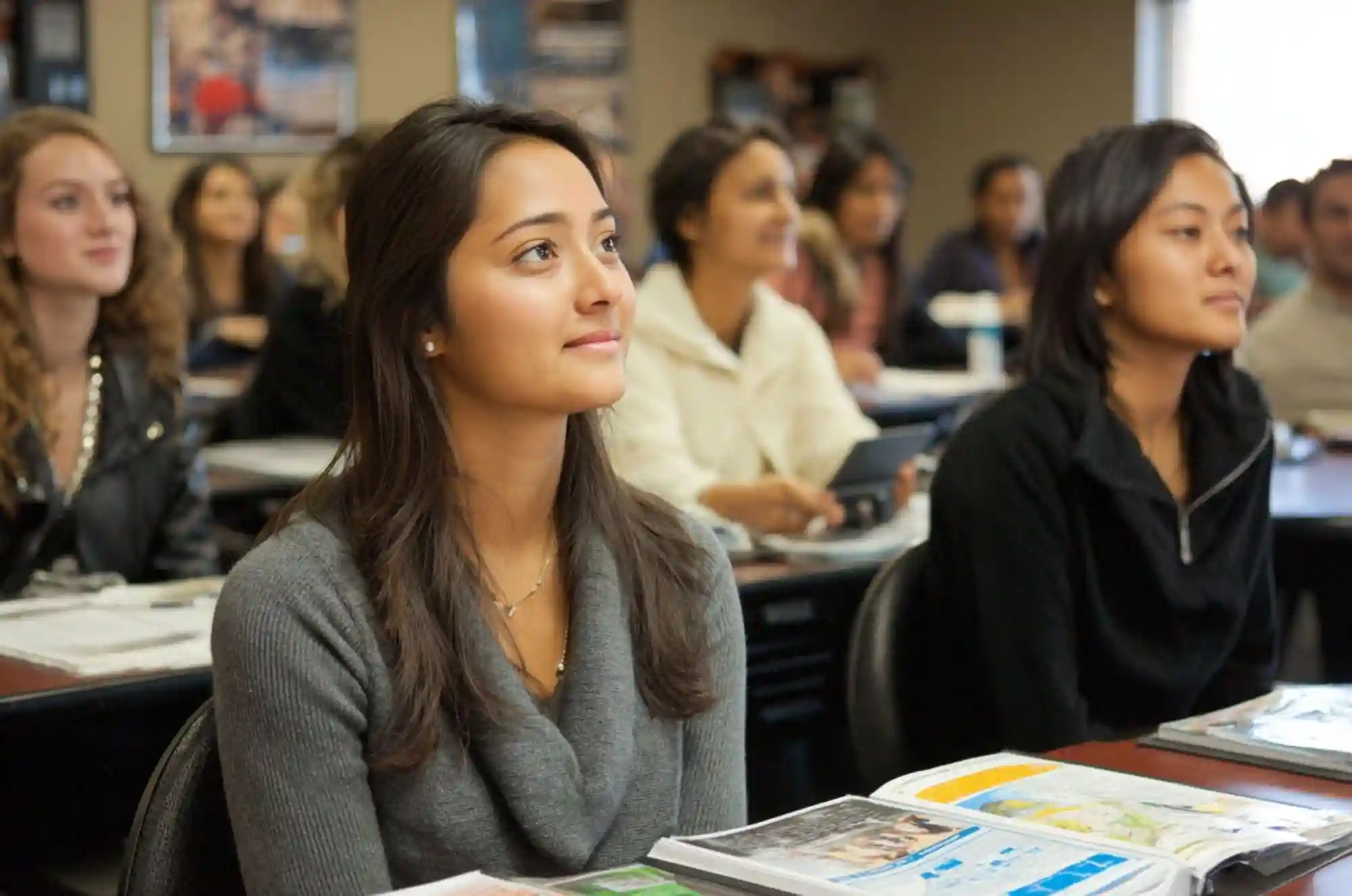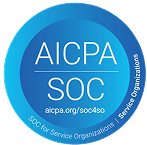Eligibility requirements for CPT
Before you can apply for CPT, you need to meet several requirements:
- You must be on a valid F-1 student visa.
- You must be enrolled full time at a U.S. university that is certified by SEVP (Student and Exchange Visitor Program).
- You must have completed at least one full academic year (two semesters) of study unless your degree program requires earlier participation.
- The job must be directly related to your field of study.
- You must receive authorization from your designated school official (DSO) before beginning work.
These rules are non-negotiable. Even small violations of student visa work restrictions can put your immigration status at risk. That’s why you should never begin working until you have written CPT approval and a new Form I-20.
A career services workshop in session at a U.S. university. A group of international students, including a young Nepali woman, listens to a professional giving a presentation on CPT and work authorization rules. Folders, job fair flyers, and handouts cover the students’ desks.


